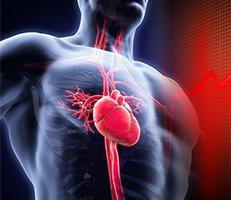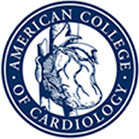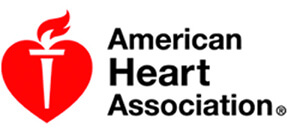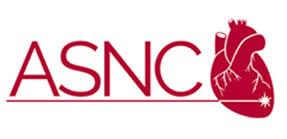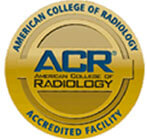Bradycardia
- Posted on: Jan 11 2022
Can a slower than normal heart rate be a sign of damage from a heart attack?
Lowering your heart rate is a good thing. That’s one of the goals of deep breathing exercises, meditation, and “getting back to nature”, right? We are constantly being told that our stress levels are too high and that we need to relax, which includes taking some of the burdens off of our heart muscles. Lowering the heart rate is also a goal of a lot of athletes who use that as a measure of their conditioning.
But, is a low heart rate always a good sign? Not necessarily.
While a slower resting heart rate is usually a good sign, it can be too slow. It can be slow for the wrong reason. At rest, a normal heart rate is somewhere between 60 and 100 beats per minute. Lower than 60 beats per minute can be a sign of a condition called bradycardia.
We get the word “bradycardia” from the Greek bradys, meaning “slow” and kardia for “heart”. Bradycardia literally means “slow heart”.
Depending on the age and physical condition, a slower than normal rate may not cause problems for some, but, for others, it could mean that there is an issue with the heart’s electrical system. This can result in insufficient amounts of oxygen-rich blood being pumped to vital organs throughout the body.
Symptoms of Bradycardia
Less than adequate oxygen reaching the brain and other organs can manifest in a variety of symptoms. Some of the more common ones include:
- Fainting or the feeling of being about to faint
- Dizziness or lightheadedness
- Fatigue with no apparent cause
- Heart palpitations or fluttering
- Feeling short of breath
- Chest pains
- Confusion, inability to focus, and memory issues
- Quickly tiring during exercise or other physical activity
What Causes Bradycardia?
There is a wide range of causes for Bradycardia. Age appears to be a factor in many cases, as it is with other heart conditions. It can be a complication of heart surgery or the lingering gift of a heart attack. Some of the other possible causes are:
- Problem with the SA (sinoatrial) node, which is the body’s natural pacemaker
- Problem with the AV (atrioventricular) node or other parts of the heart’s electrical system
- Damage resulting from heart disease
- Congenital heart defect
- Myocarditis (infection of the heart tissue)
- Hypothyroidism (underactive thyroid gland)
- Chemical imbalance in the blood, especially potassium or calcium
- Sleep apnea (disruption of breathing while sleeping)
- Rheumatic fever, lupus, or other Inflammatory diseases
- Medications, particularly those prescribed for other heart rhythm disorders, hypertension, and psychosis
Diagnosing bradycardia can be challenging because the heart can cycle in and out of a slower rhythm. When present, it can be detected with an EKG (electrocardiogram), which measures the heart’s electrical activity. Often, though, a patient suspected of having bradycardia will need to wear a 24-hour monitor for the condition to be confirmed.
It is important to see your doctor if you experience the symptoms associated with bradycardia. Left untreated, it can lead to other conditions, including heart failure. Treatment will usually focus on the cause of the bradycardia. For example, treating hypothyroidism or making a change in medications. If this is not successful, your cardiologist may recommend a pacemaker to regulate the heart’s rhythm.
At Cardiovascular Wellness, our mission is to provide outstanding, timely, and personalized care to all of our patients. We are committed to improving your quality of life by designing a comprehensive plan of heart care, individualized to your needs.
Information on locations and office hours for Cardiovascular Wellness can be found by clicking here.
Posted in: Heart Attack

